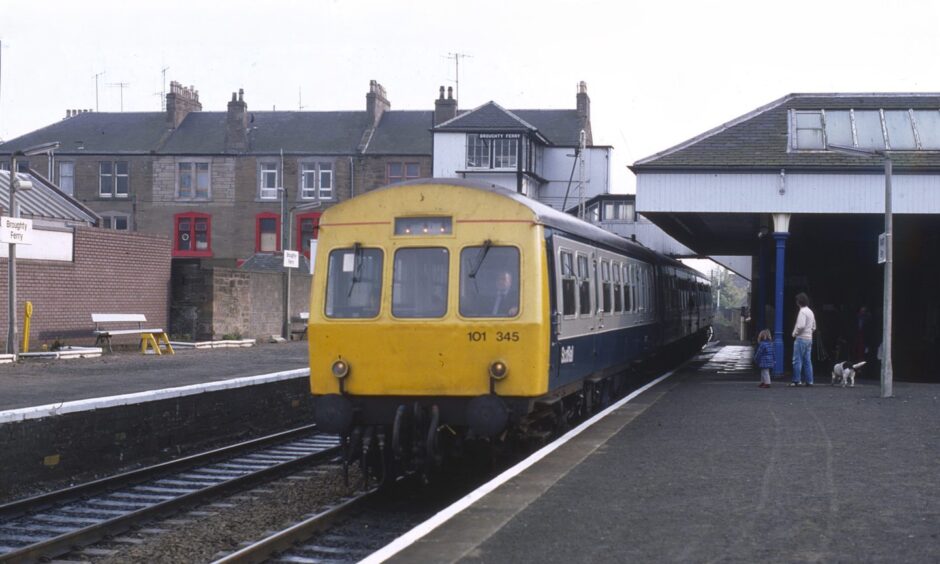
1985 saw many changes to the railway landscape around Dundee.
This was without doubt the end of an era.
These time warp pictures turn the clock back 40 years.
The snaps of the tracks were taken by Scott Cunningham.
“Things which had been familiar for many decades disappeared,” he said.
“The old manual lever signal boxes were demolished, and semaphore signals replaced by colour light signalling controlled from the Dundee Signalling Centre.
“Tay Bridge Station was completely remodelled with tracks realigned, and platforms at the south end slewed over to match the new more direct approach to the station.
“The old bridge which gave access in times past to the main loco sheds was removed, eliminating a fabulous perch for viewing and photographing trains.
“All of the sidings on the river side of the main running lines were removed with the roadway passing the station, and the Tesco supermarket taking their place.
“Much of the remaining infrastructure vanished forever, leaving a somewhat, by comparison, sterile and barren landscape with little of interest.
“Apart from the trains themselves.”
Portable cabin
The temporary station cabin while the 1985 alterations were taking place.
Around £4 million was spent on improvements.
The inside was remodelled to create a large waiting area and new Travel Centre “to provide an airline standard environment and information service”.
On the move
An InterCity 125 heads north past the yachts on January 26 1985.
In 1985 a return ticket for the InterCity Sleeper from Dundee to London cost £100.
You could book up to 5pm on the day before travelling.
Dundee Station
Looking from Platform 4 towards the tracks coming in on the new alignment.
The work was part of a massive refurbishment programme.
British Rail said that the city should have a station worthy of its importance.
West Ferry
Number 37151 with a light northbound freight at West Ferry on January 26 1985.
Scott has chronicled life on the tracks for the past six decades.
He watched steam engines rumbling past on evening walks in summer with his parents from his home in Craigiebank along the Grassy Beach to Broughty Ferry.
A view of Broughty Ferry
A southbound High Speed Train at West Ferry on January 26 1985.
How did you find out the times of trains to plan your journey in a pre-internet age?
The British Rail Passenger Timetable cost £3.30.
Caledonian Railway engine shed
Scott said: “The old Caledonian Railway engine shed, a remarkable survivor adjacent to Magdalen Green which had latterly housed diesel units, was swept away unceremoniously, finally disappearing in the March of 1985.
“So much good could have come from the remodelling of Dundee Station.
“An integrated transport hub could have been created, but instead offices occupy the space which might have become a useful bus and train interchange.”
Camperdown signal box
The closure of the Camperdown Junction signal box on March 17 1985 marked the end of a rail tradition stretching back to the great Victorian age of steam.
The operation was taken over by the new £2.5 million Dundee Signalling Centre.
Dundee East, Dundee West, Dundee Central and Buckingham Junction signal boxes were closed on March 17, March 31, April 14 and May 19.
Track laying and platform realignment
The tracks connected on the new alignment with redundant rails to the left.
The picture was taken at Dundee Station on March 31 1985.
Points on the track were operated electrically and signals were provided by coloured lights instead of semaphore arms.
InterCity 125
Number 43102 City of Wakefield leads a train into the station in April 1985.
Extra trains were running in Easter 1985 between London King’s Cross and Dundee.
Dundee West signal box
The Dundee West signal box had gone by April 14 1985.
The platforms were being reconfigured to match the new track work.
The signal box dated back to 1899.
All aboard the daffodil express
Looking in the opposite direction on April 14 1985 at the track work.
The new embankment had been planted with daffodils.
The work was supported by a grant from the European Regional Development Fund.
Stannergate
ScotRail Class 47/7 47701 Saint Andrew at Stannergate on May 16 1985.
Scott said: “The 47/7s were equipped for push-pull running.”
Number 47701 was latterly stored by Nemesis Rail at Burton-on-Trent.
Dundee East
Class 37 No 37125 and Class 47 No 47359 at the remains of Dundee East Station on June 16 1985 with mineral wagons.
The building in its pomp was quite the sight and opened as Dock Street station in December 1857 as the terminus of the Dundee and Arbroath Joint Railway.
It became a car showroom and only the sidings remained.
Dock Street tunnel
High Speed Train power car 43060 County of Leicestershire comes up from Dock Street tunnel on July 20 1985.
This is a 627 yard double track tunnel.
The track improvement scheme eliminated 4,000 yards of track and raised the speed restriction between Dock Street tunnel and Camperdown Junction to 40mph.
Royal Scotsman
The Royal Scotsman tour train passing Grassy Beach on August 10 1985.
Loch Eil Outward Bound was the engine in charge.
Camperdown Junction
Class 47 No 47151 comes past the site of the demolished Camperdown Junction signal box with a train of mineral wagons on August 9 1985.
Camperdown Junction marked the point where the line to Dundee Tay Bridge Station – today’s Dundee Station – joined the Dundee and Arbroath Railway.
Cement wagons
Everything was more or less in place and as it is now by August 21 1985.
Class 47 No 47306 was pulling a northbound cement train past the extended platform.
No 47213 decorated in BR blue livery was across the platform.
Heading for the capital
No 27052 with the 15.30 Dundee-Edinburgh passenger service on September 28 1985.
British Rail proposed alterations to the timetable of the Dundee-Edinburgh service for May 1986 which would reduce the service from Cupar and Leuchars.
Broughty Ferry
Class 37 No 37190 brings a northbound mixed freight through Broughty Ferry Station on October 20 1985.
The station at Gray Street became unstaffed when the booking office closed.
The building was scheduled for demolition.
It escaped the bulldozer when the complex received Category B listed status in May 1985 which was later upgraded to Category A in October 1991.
Scott said: “Broughty Ferry became operational in October 1838 and is the oldest railway station in Scotland still to have trains stopping.
“While the buildings have been heavily modified over the years the buildings on the south side of the station are still recognisable from photographs of the early days.
“That may be why it thankfully escaped the wrecking ball.”
Did these images of Dundee trains and stations awaken any memories for you?
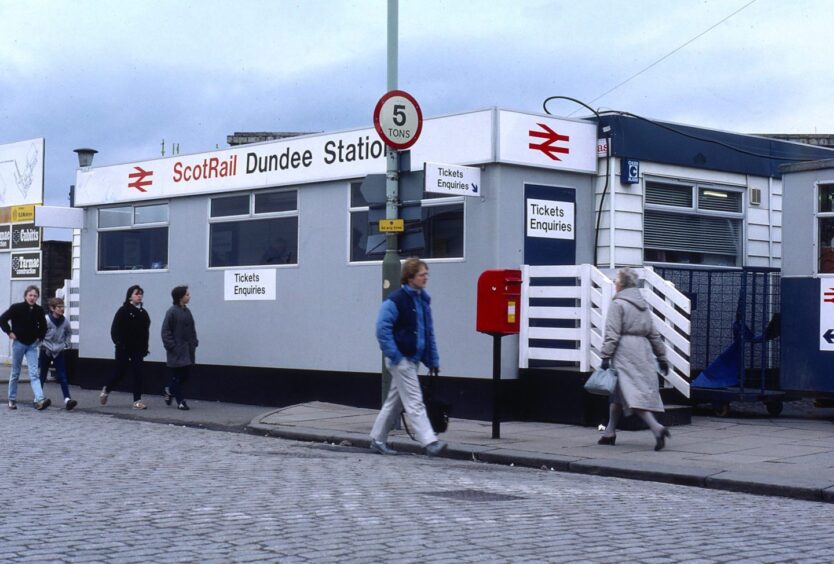
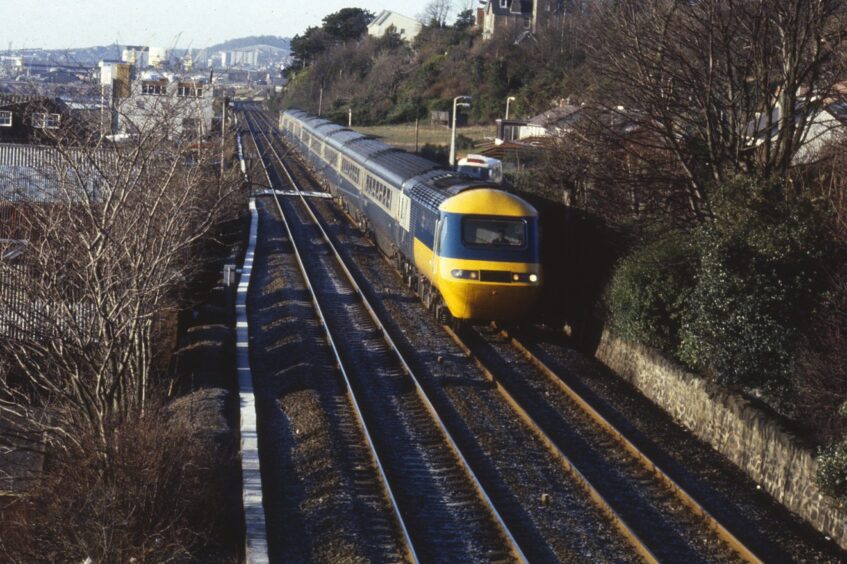
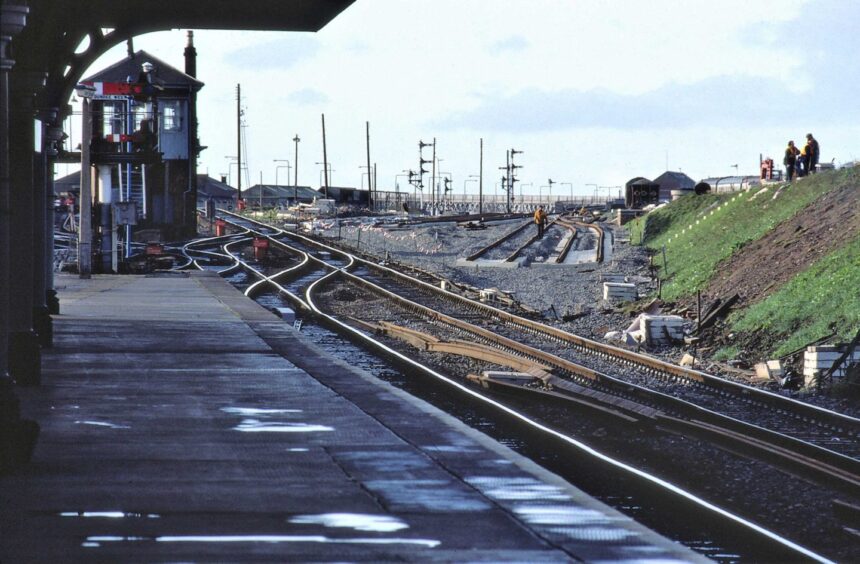
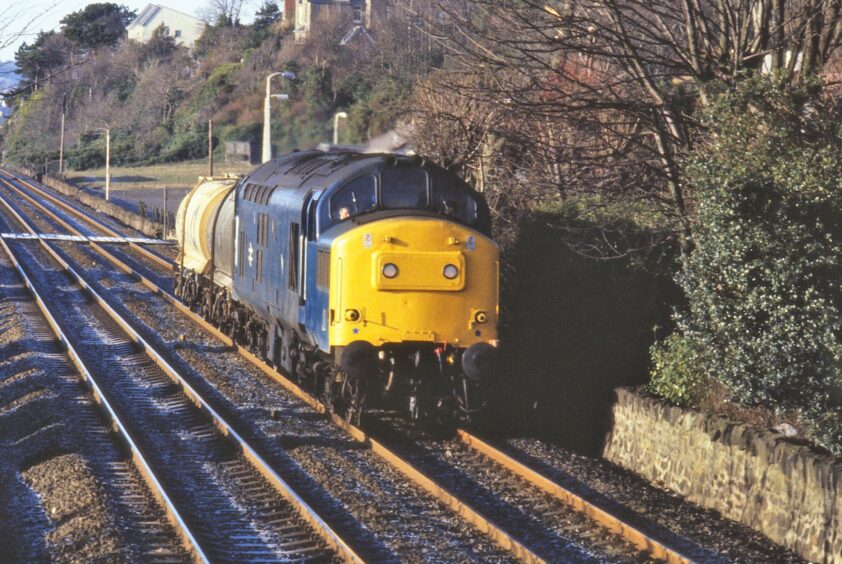
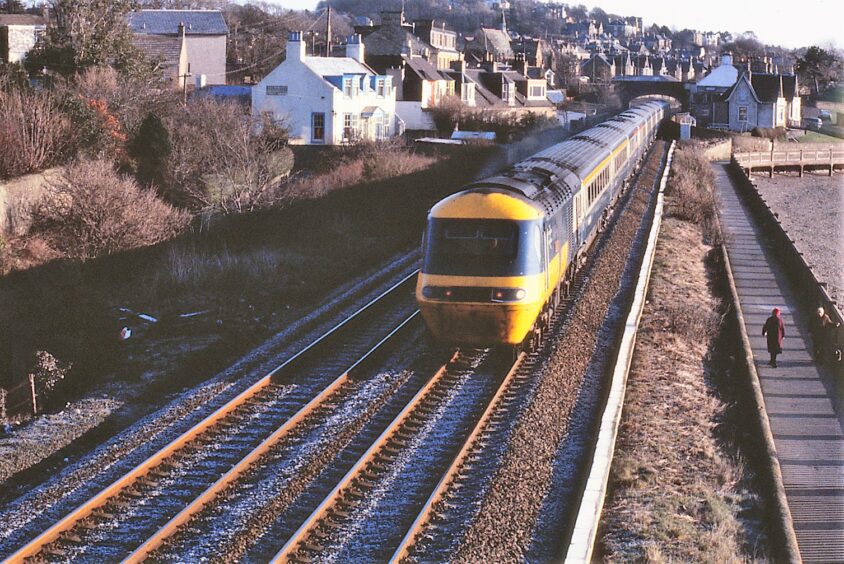
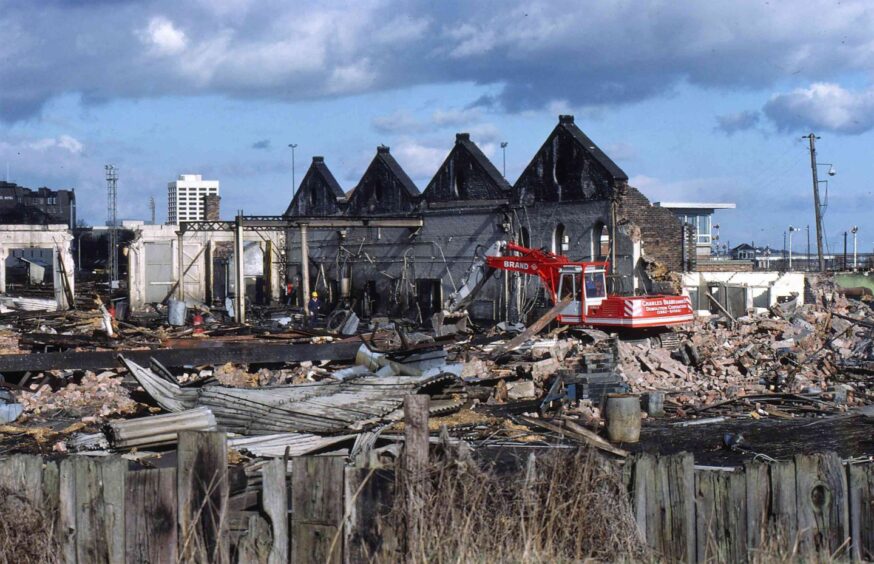
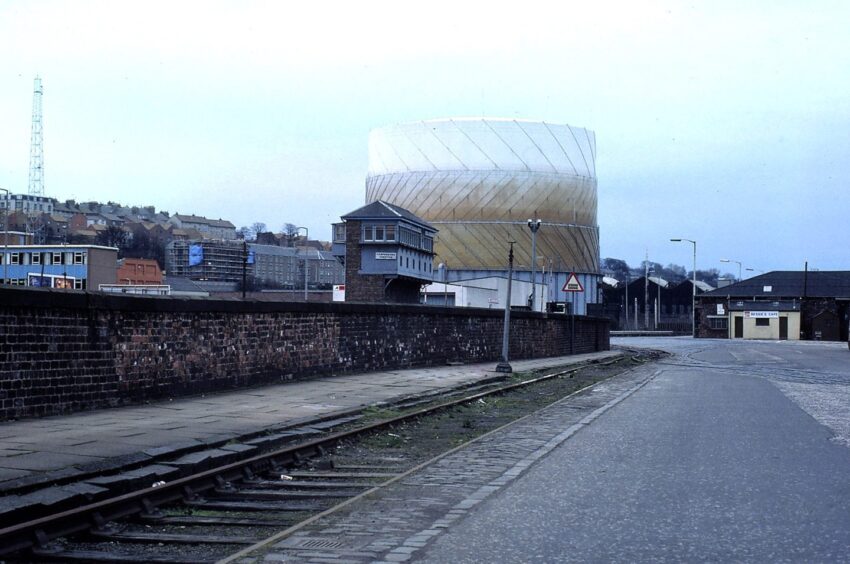
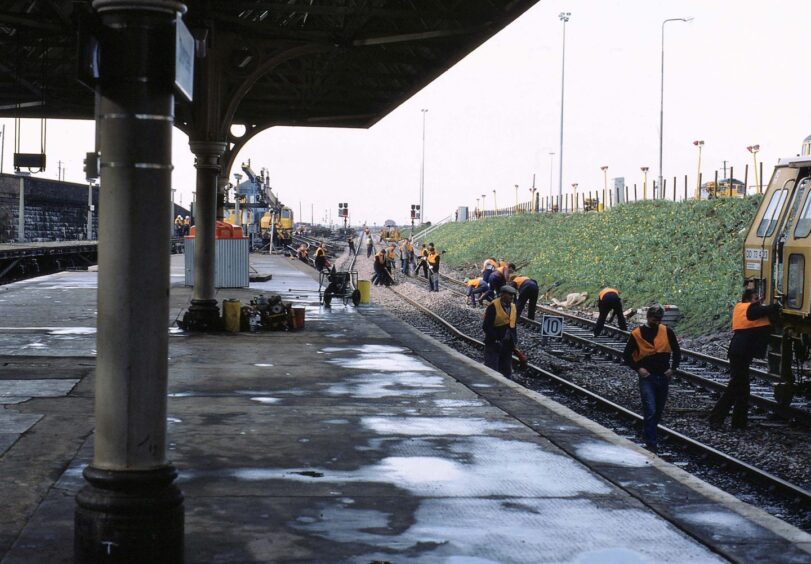
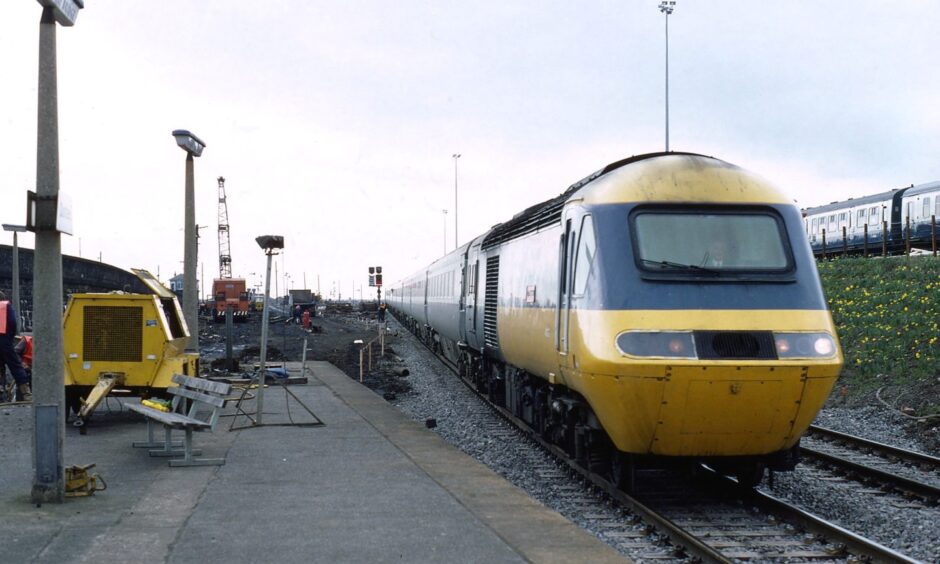
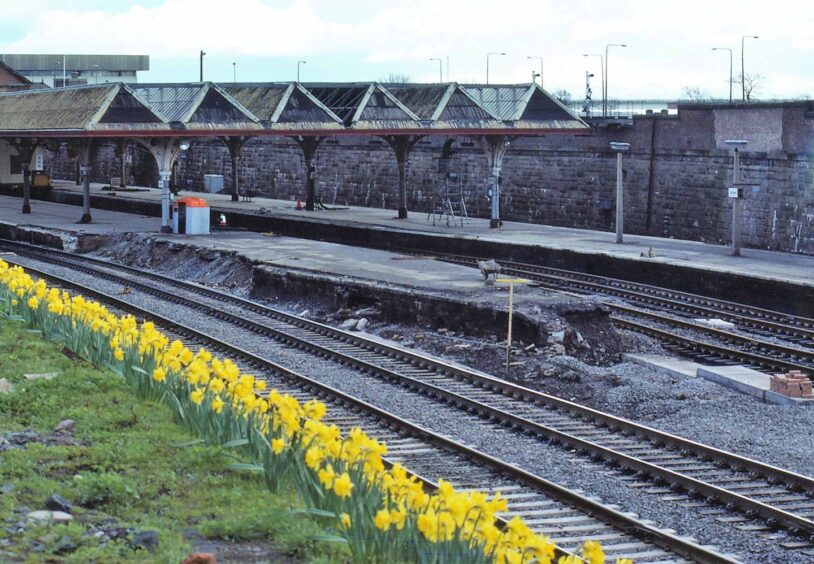
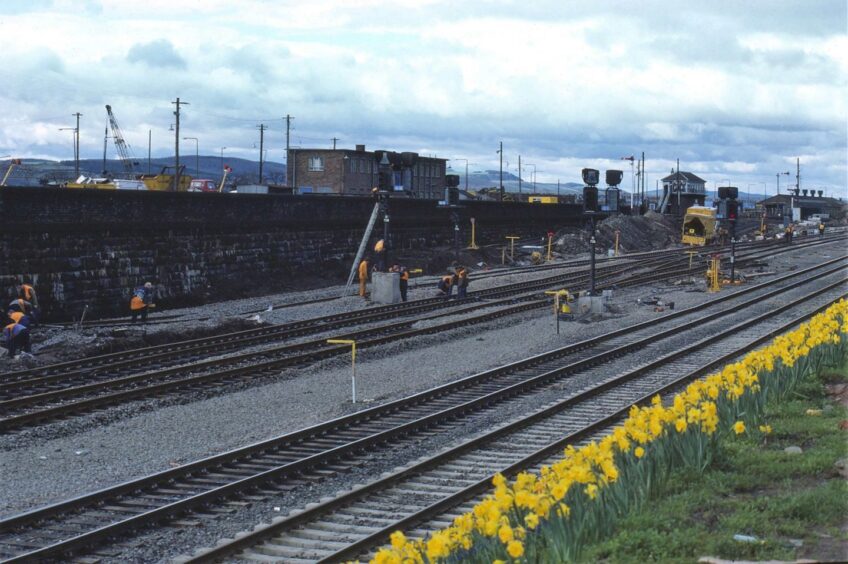
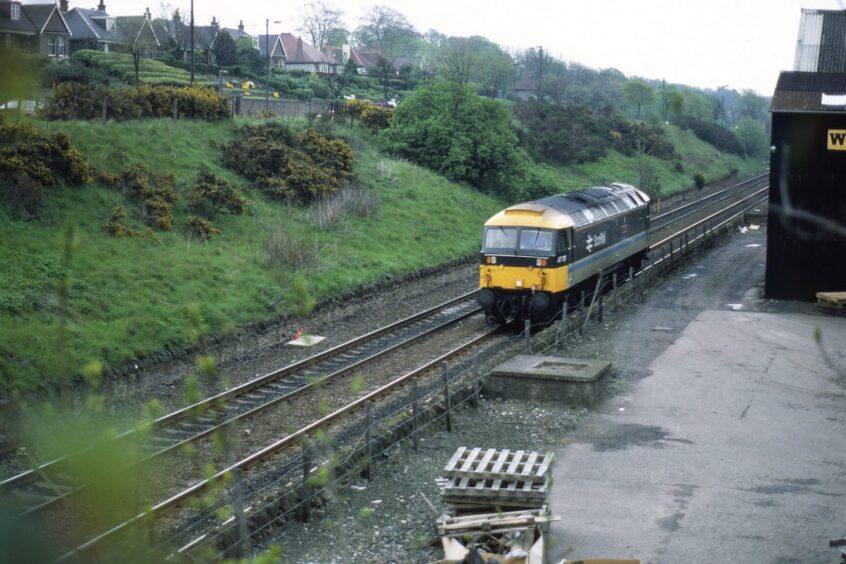
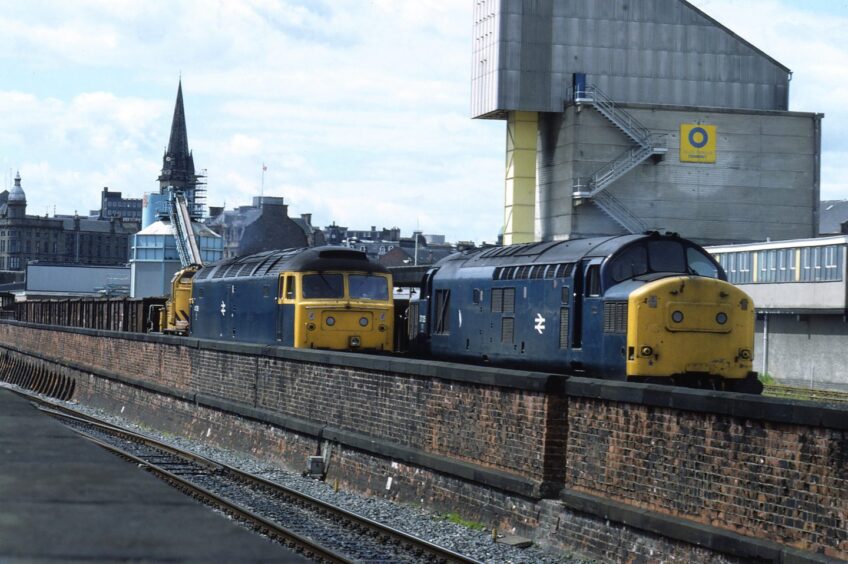
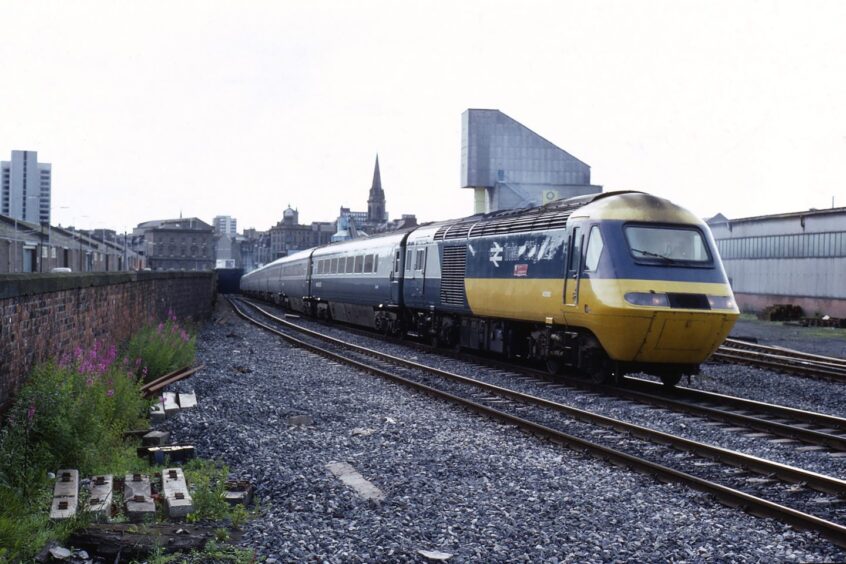
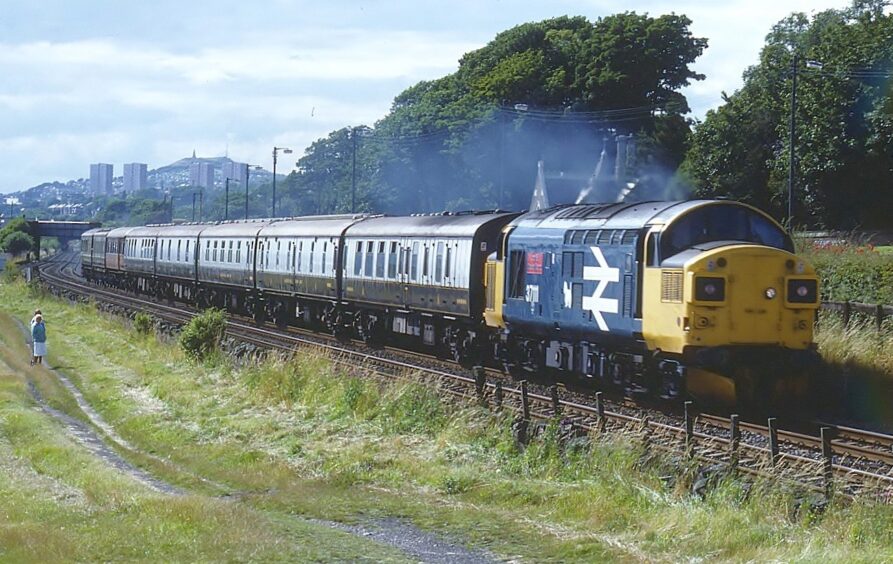
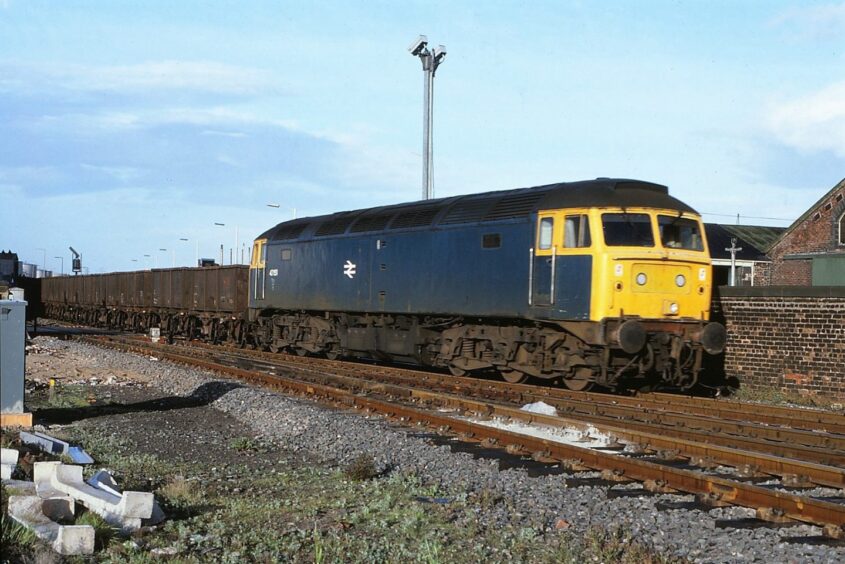
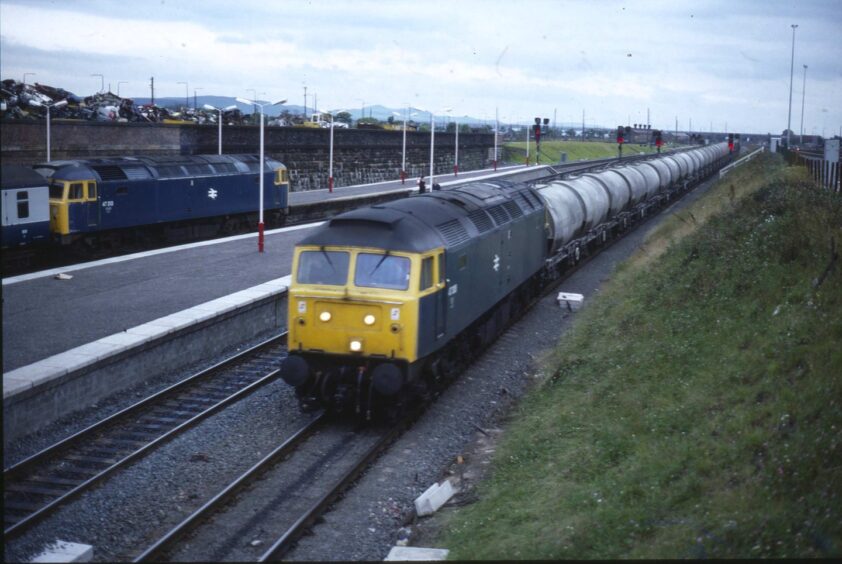
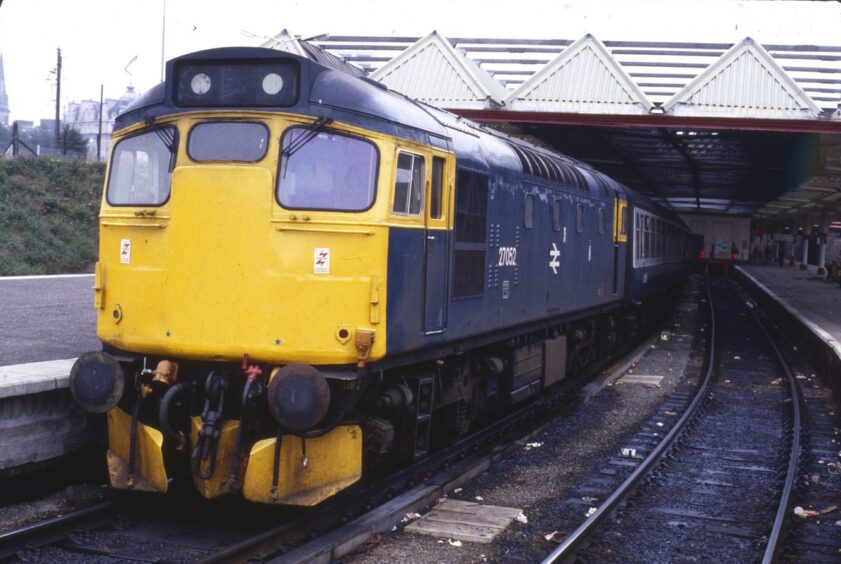
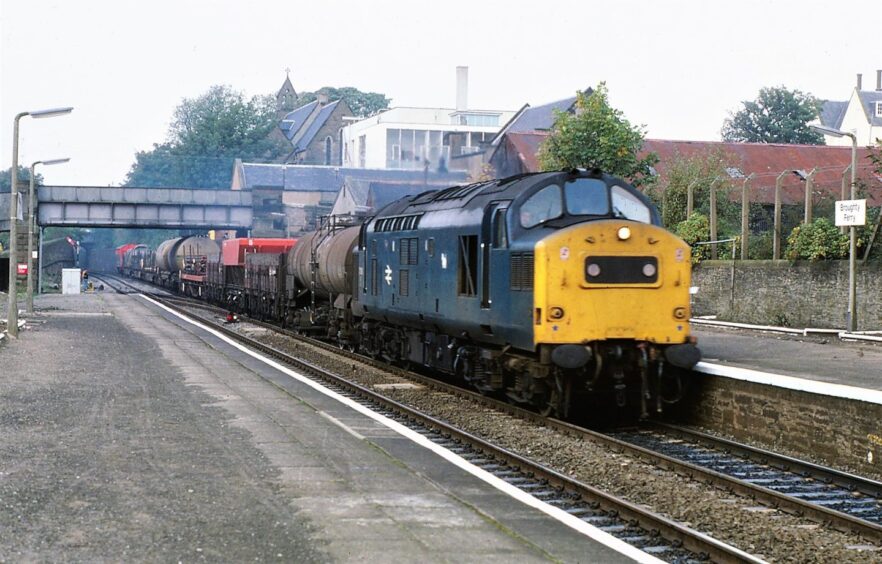
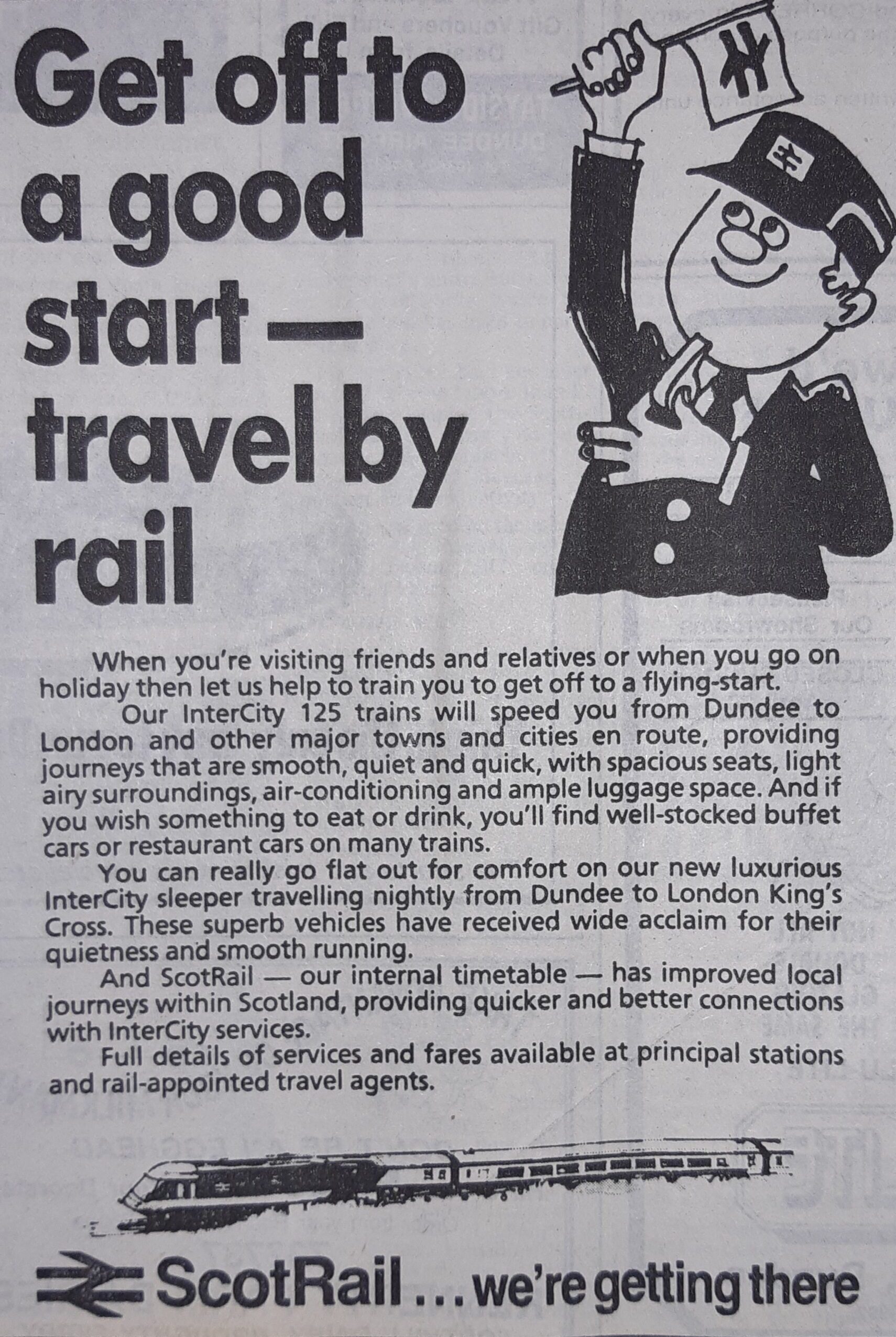
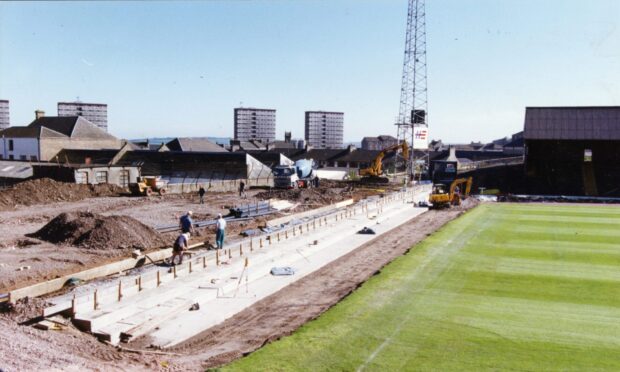
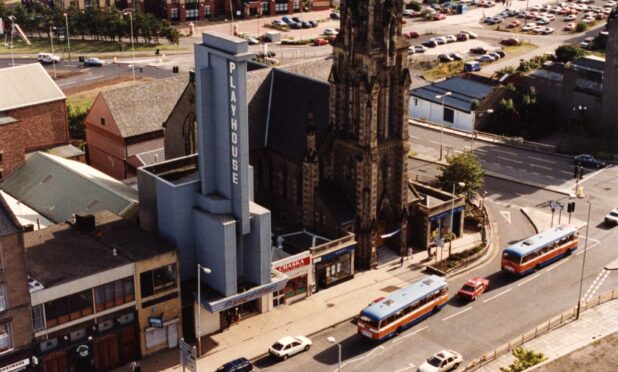
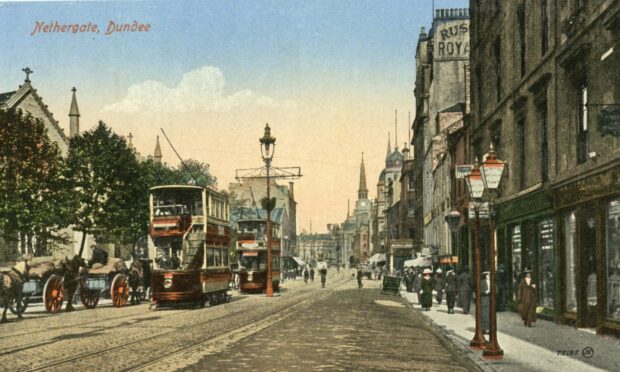
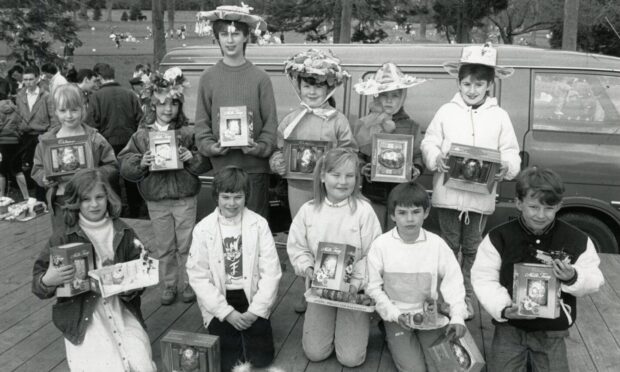

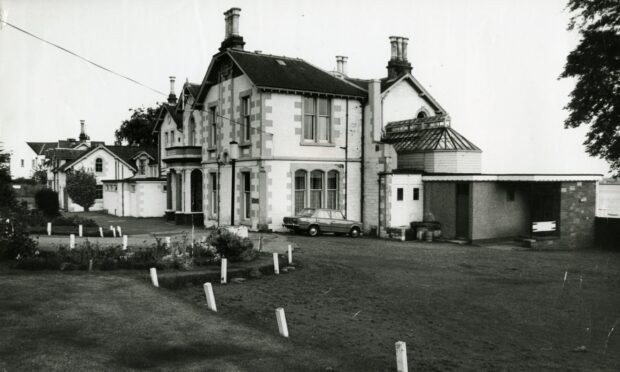
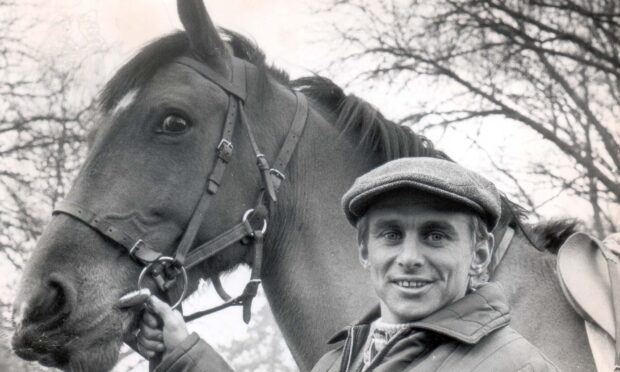



Conversation